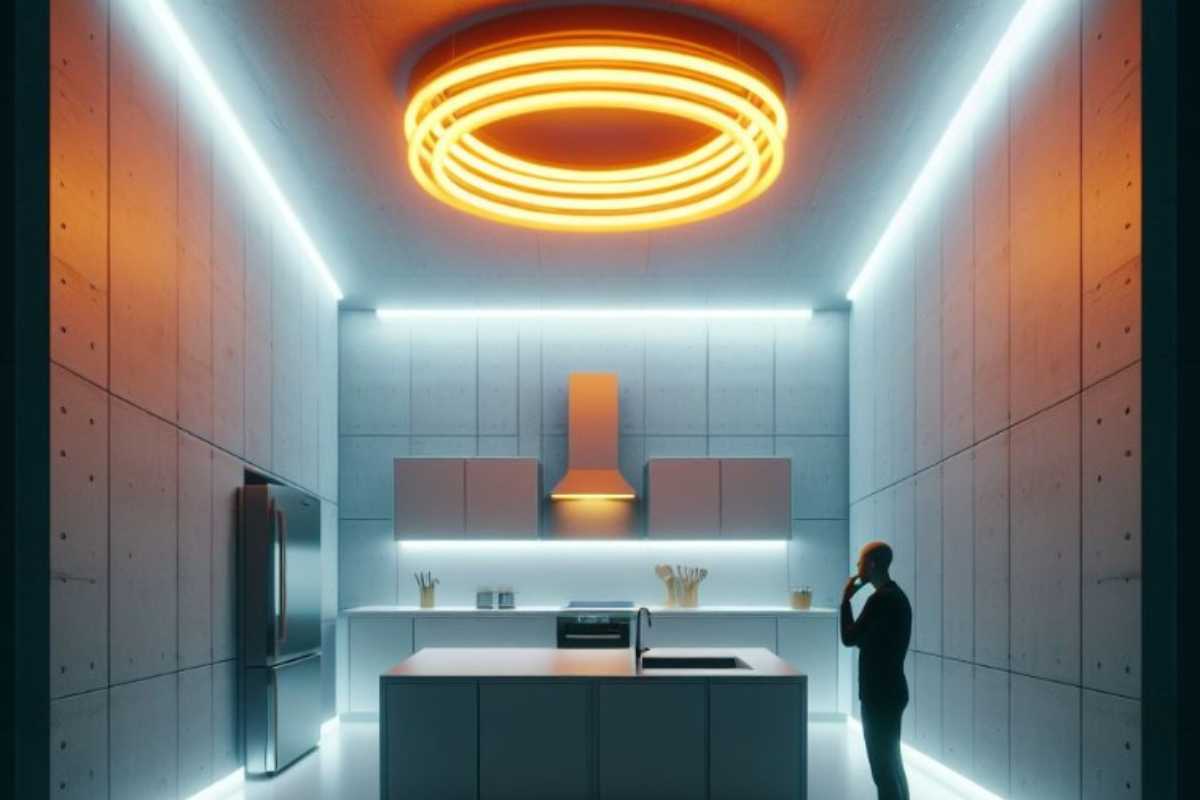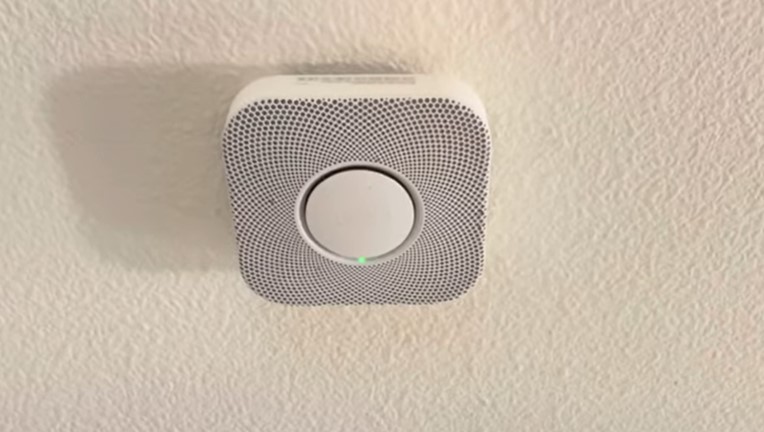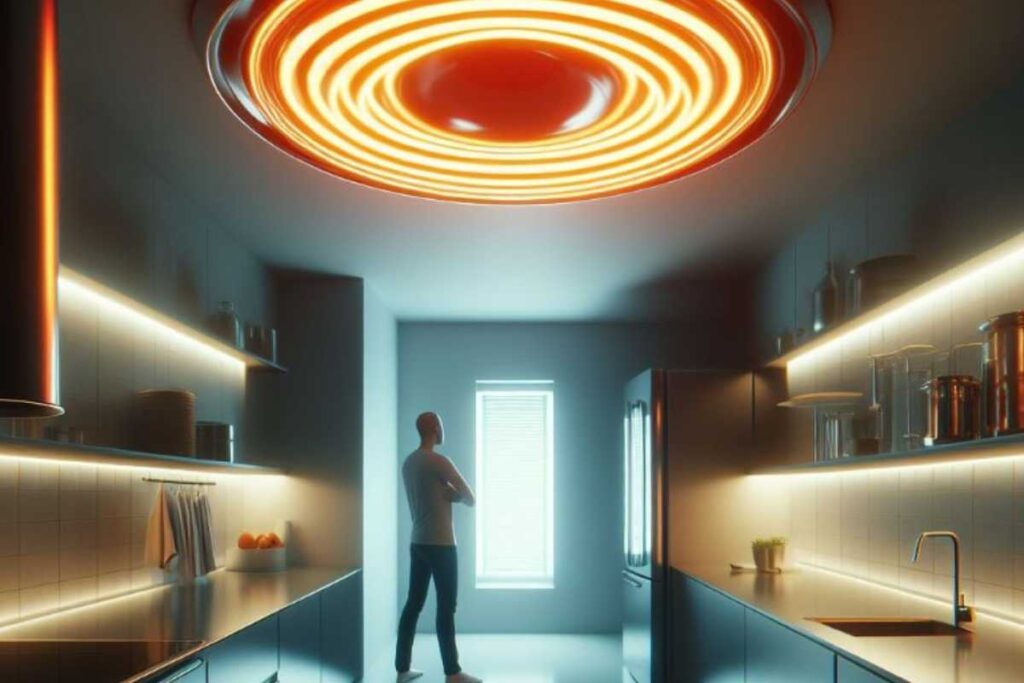Phone:
(701)814-6992
Physical address:
6296 Donnelly Plaza
Ratkeville, Bahamas.

Nest Protect is a smart smoke and carbon monoxide detector designed to keep your home safe. However, encountering an orange light spinning on your Nest Protect can be concerning. In this article, we’ll delve into what this orange light indicates and how to address it effectively.

Imagine having a tiny superhero in your house whose job is to keep you safe from dangers like smoke and carbon monoxide. That’s what a Nest Protect is – a special device that watches over your home and makes sure you’re always protected.
Okay, so now let’s talk about that orange light. Sometimes, you might see the light on your Nest Protect flashing orange instead of its usual green color. But what does it mean?
Before I start, let me clarify that a Nest Protect doesn’t typically have an orange light. The standard alert lights are:
As orange looks close to yellow, we often make mistakes. However, for the topic of the article, we continue our discussion by thinking of yellow as orange.
Now, think of the orange light as your Nest Protect’s way of saying, “Hey, I need your attention!”
The orange light spinning on your Nest Protect usually indicates one of several issues, ranging from low battery to connectivity problems.

Several factors can trigger the orange light spinning on your Nest Protect. Understanding these causes can help you diagnose and resolve the issue promptly.
1. Low battery:
One common reason for the orange light is a low battery. When the battery level drops below a certain threshold, Nest Protect alerts you by displaying an orange light.
2. Wi-Fi connectivity issues:
Another possible cause is Wi-Fi connectivity issues. If Nest Protect loses connection to your Wi-Fi network, it may display an orange light to indicate the problem.
3. Sensor malfunction:
In some cases, a malfunctioning sensor can trigger the orange light on Nest Protect. This could be due to various factors, such as dust accumulation or sensor damage.
An orange light on your Nest thermostat can have several meanings depending on the model, the pattern of the light (solid, blinking, etc.), and whether it’s on the thermostat itself or the Heat Link (if you have one). Here’s a breakdown of the possibilities:
On the Thermostat:
On the Heat Link:
The spinning yellow light on a Nest Protect indicates that there might be a potential issue or that the device is performing a self-check. It typically occurs during setup or when the device is rebooting.
You can check the Nest app or website for specific troubleshooting steps if the light persists.

The blue light circling on a Nest smoke detector indicates that the device is in setup mode. This mode is activated when the device is being configured for the first time or when it’s being reset. Users should follow the instructions provided in the Nest app or user manual to complete the setup process.
If a Nest Protect is beeping despite having new batteries installed, it may indicate a potential issue with the device or the batteries themselves.
To resolve this, you have to check and ensure that the batteries are correctly inserted and compatible with the Nest Protect model.
If the beeping persists, it’s recommended to troubleshoot further using the Nest app or contacting customer support.
To silence a Nest Protect low battery alert, users can press the button on the device. However, it’s important to replace the batteries as soon as possible to ensure the continuous functionality of the smoke detector.
Ignoring low battery alerts can compromise the safety features of the device.
A light ring failure on a Nest Protect can occur due to various reasons, such as software glitches, hardware malfunctions, or power issues.
Users encountering this problem should attempt to reset the device, update its firmware, and check for any physical damage.
If the issue persists, contacting Nest customer support for further assistance may be necessary.
The orange lights on a Nest Protect typically last for a few seconds to a couple of minutes, depending on the specific action or notification being indicated.
For example, during setup or configuration, the orange light may persist for several minutes.
After completing the setup or addressing the issue, the orange light should revert to its normal state or turn off.
Yet not. However, Google have a plan to discontinue support for Nest Protect on April 8, 2024.
When faced with the spinning orange light on your Nest Protect, follow these steps to address the issue:
1. Check battery levels
Start by ensuring that the batteries in your Nest Protect are adequately charged. Replace them if necessary to eliminate low battery as a potential cause.
2. Ensure Wi-Fi connectivity
Verify that your Nest Protect is connected to your Wi-Fi network. Troubleshoot any connectivity issues by restarting your router or reconfiguring the device’s Wi-Fi settings.
3. Test smoke and carbon monoxide detectors
Perform a manual test of your Nest Protect’s smoke and carbon monoxide sensors to ensure they are functioning correctly. Follow the device’s instructions for conducting these tests safely.
If the spinning orange light persists after troubleshooting, you may need to reset your Nest Protect to its factory settings.
Important Note: Resetting your Nest Protect erases all settings and Wi-Fi information. You’ll need to set it up again after the reset.
Follow these steps:
Remember:
If you’ve exhausted all troubleshooting options and the spinning orange light persists, don’t hesitate to reach out to Nest customer support for further assistance. They can provide personalized guidance based on your specific situation.
To avoid encountering the spinning orange light in the future, consider implementing preventive measures such as regularly checking battery levels, maintaining a stable Wi-Fi connection, and conducting routine tests of your Nest Protect’s sensors.
The spinning orange light on your Nest Protect serves as a valuable indicator of potential issues that require attention. By understanding its significance and taking appropriate actions, you can ensure the continued safety and effectiveness of your home monitoring system.
Why is my Nest Protect’s orange light spinning?
The spinning orange light typically indicates a low battery, Wi-Fi connectivity issues, or the detection of smoke or carbon monoxide.
What should I do if the spinning orange light persists after troubleshooting?
If troubleshooting steps don’t resolve the issue, contact Nest customer support for further assistance.
Can I ignore the spinning orange light on my Nest Protect?
It’s not recommended to ignore the spinning orange light, as it could indicate potential safety hazards that require immediate attention.
How can I prevent the spinning orange light from appearing on my Nest Protect?
Regularly check battery levels, maintain a stable Wi-Fi connection, and conduct routine tests of your Nest Protect’s sensors to prevent issues that trigger the spinning orange light.
How do I clean my Nest Protect sensor?
To clean your Nest Protect sensor, gently vacuum or blow away any dust or debris from the vents on the device. Avoid using compressed air or any liquid cleaners. If necessary, lightly wipe the exterior with a dry or slightly damp cloth. Avoid harsh cleaning agents or abrasive materials.